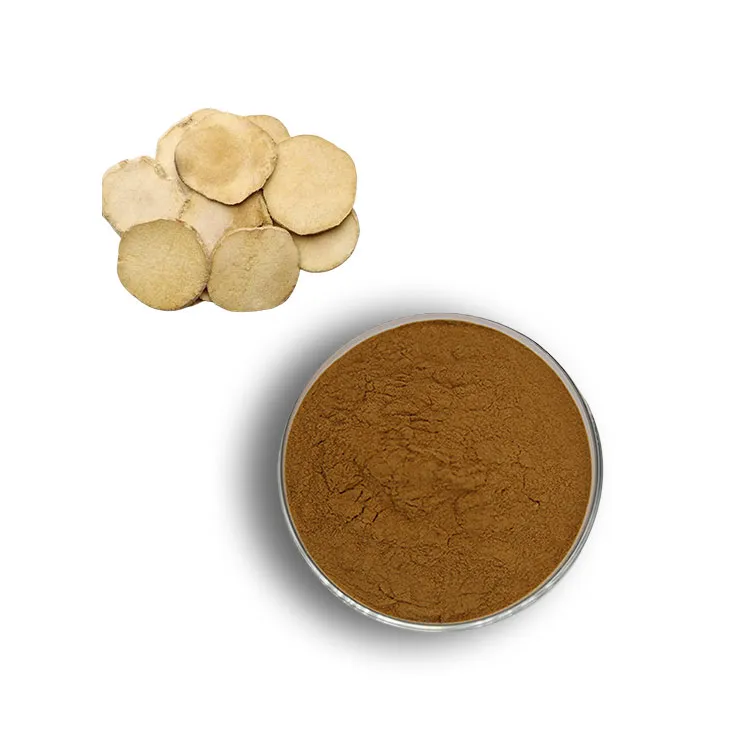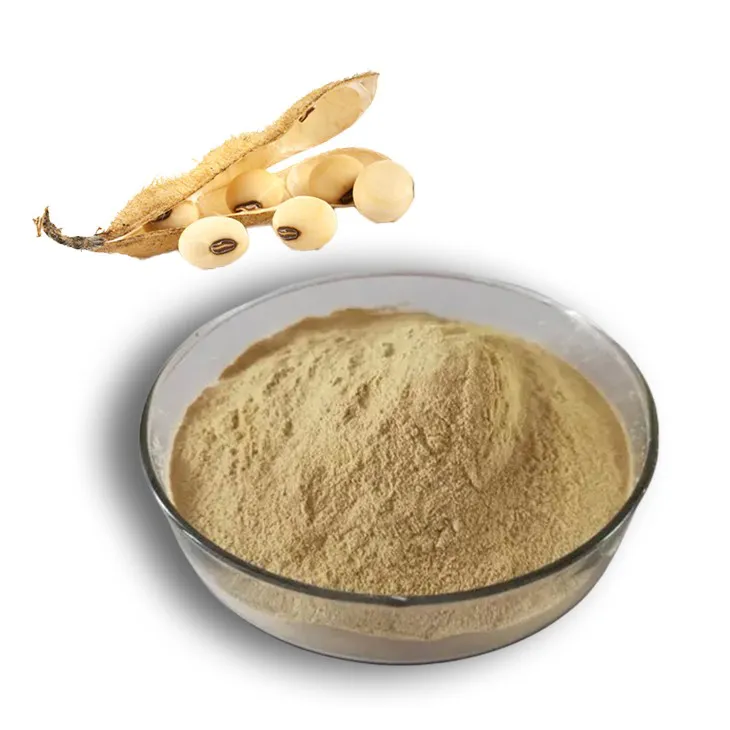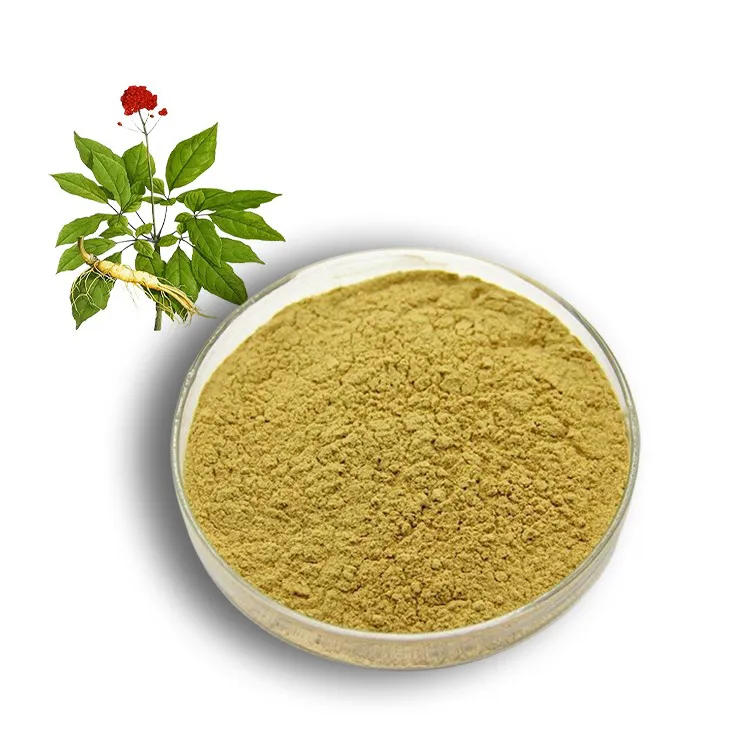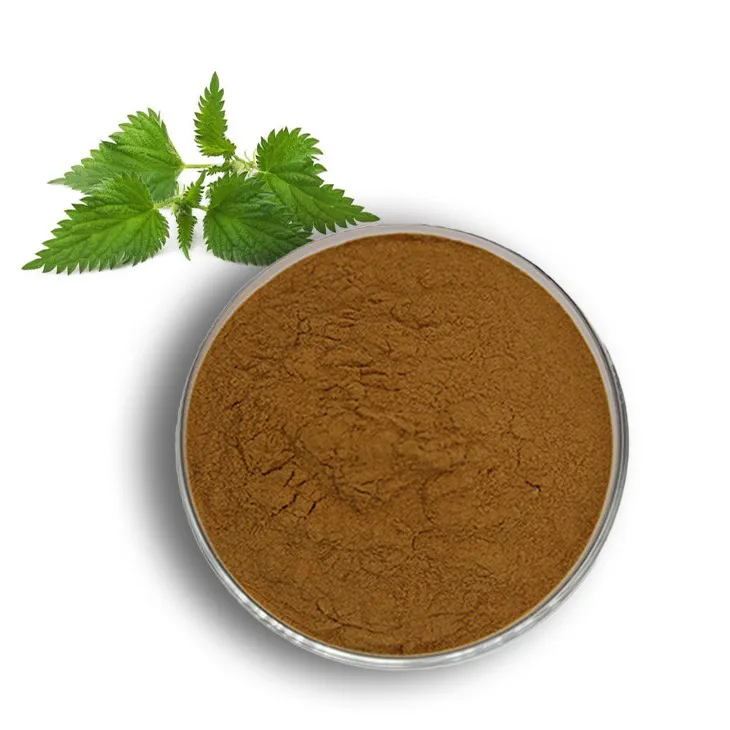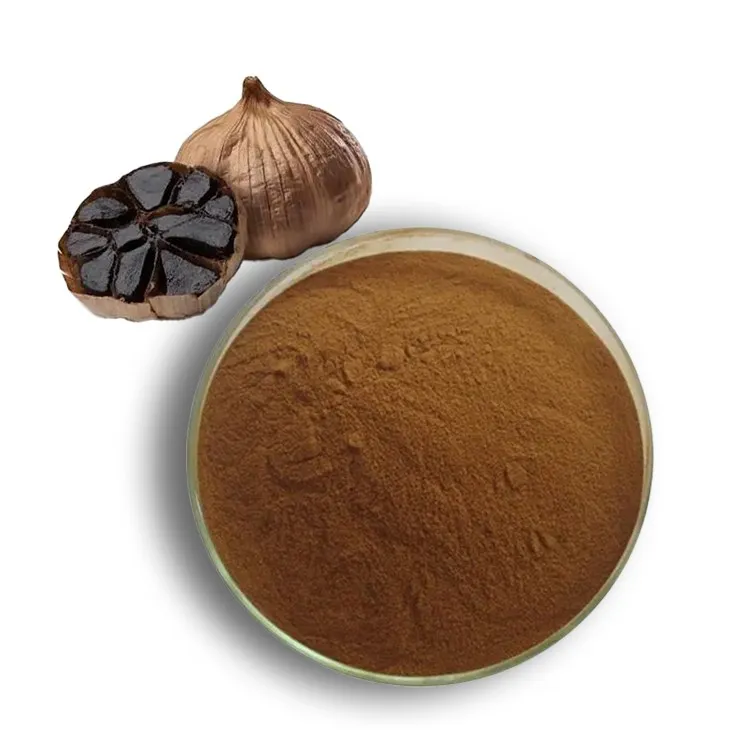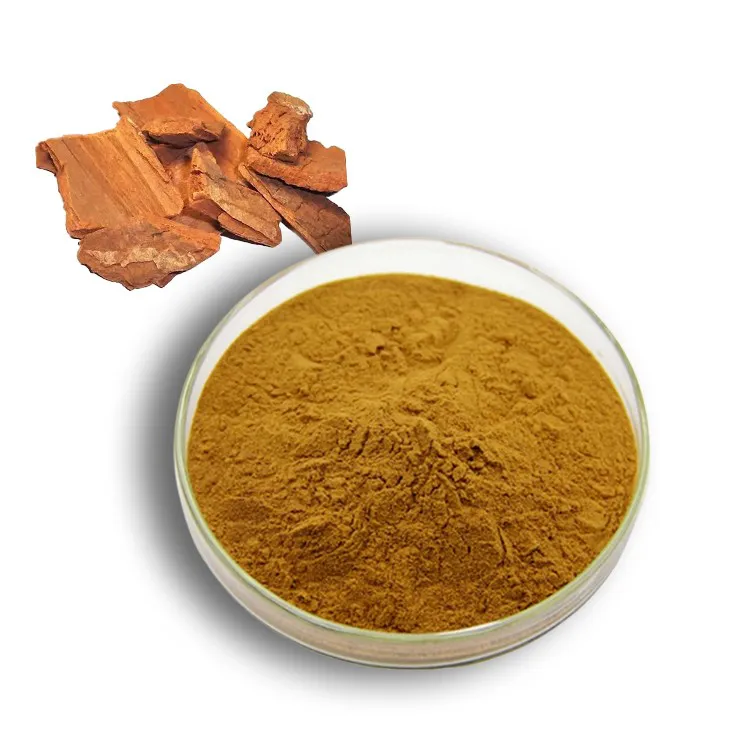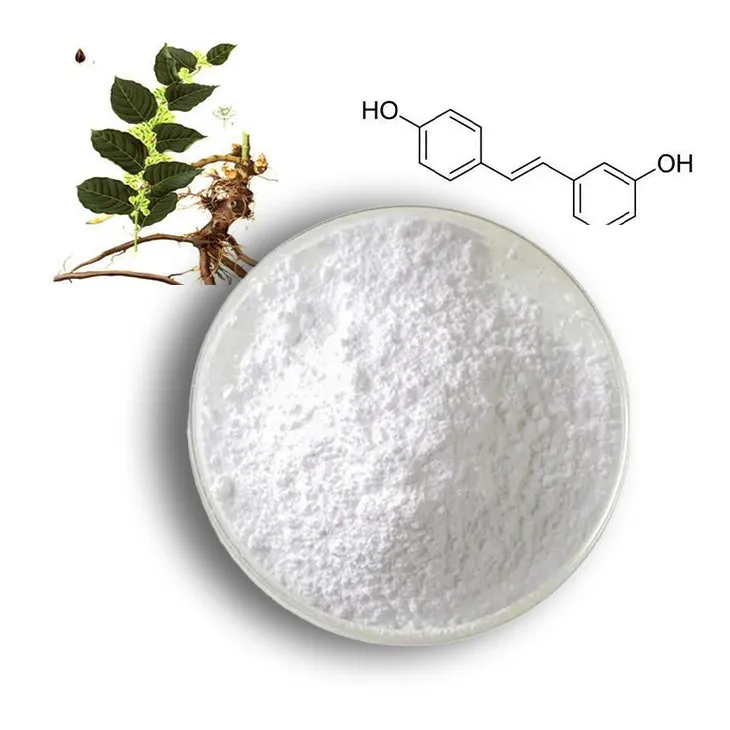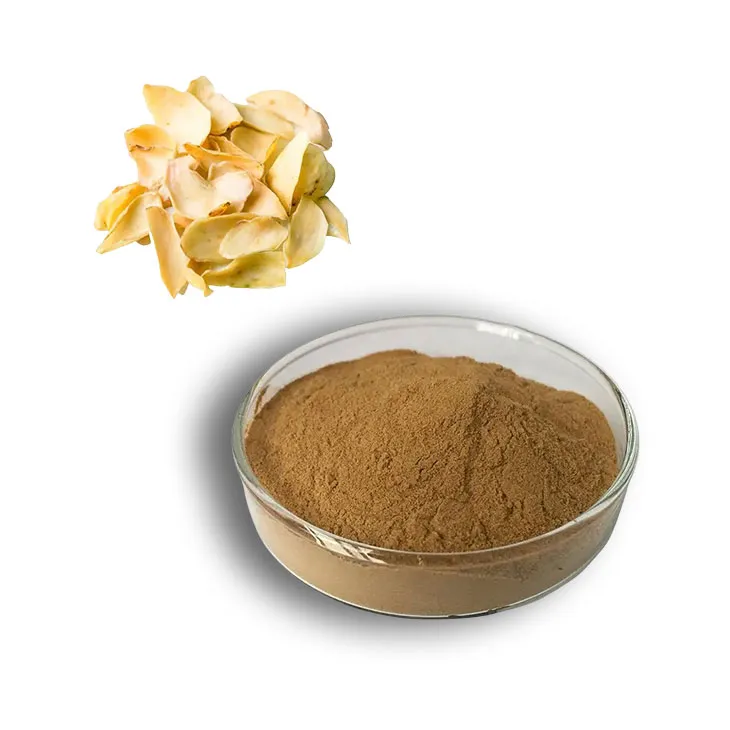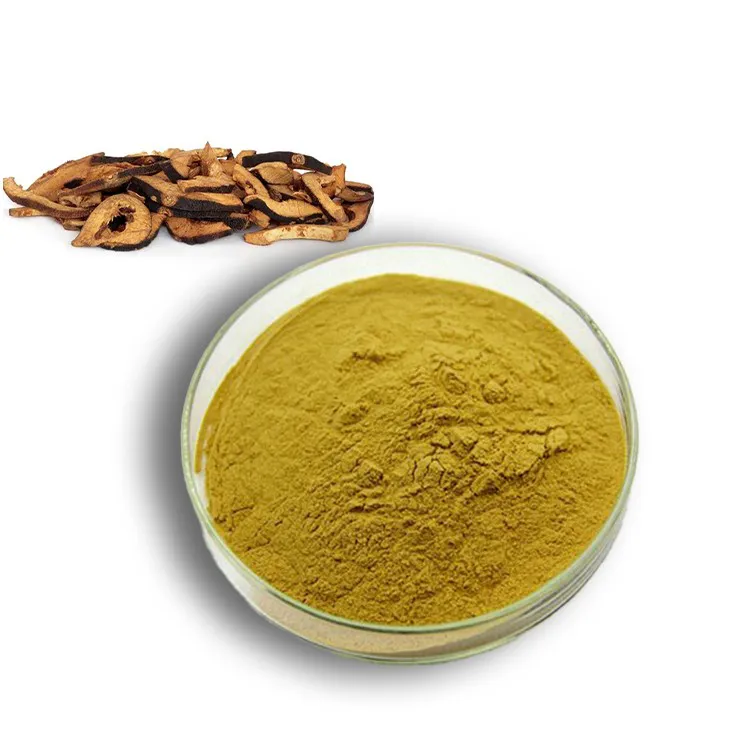- 0086-571-85302990
- sales@greenskybio.com
is lycopene fat soluble
2023-09-27
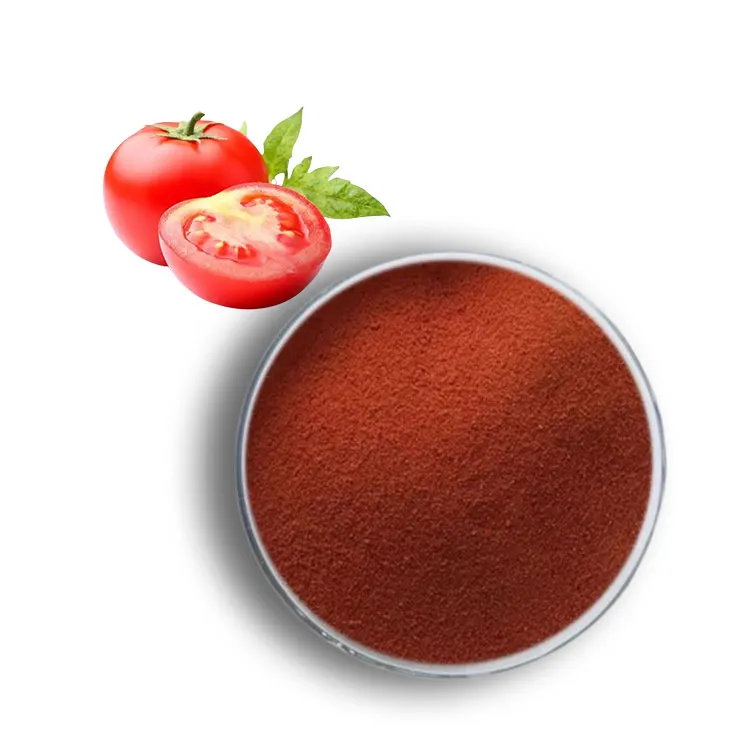
1. Definition and Chemical Structure
1. Definition and Chemical Structure
Lycopene is a naturally occurring pigment and a powerful antioxidant belonging to the carotenoid family. Carotenoids are organic compounds that are responsible for the vibrant colors found in many fruits and vegetables. Lycopene, in particular, is known for its deep red color, which is commonly associated with tomatoes and tomato-based products. However, it is also present in other red-colored fruits and vegetables, such as watermelon, red grapefruit, and guava.
The chemical structure of Lycopene is characterized by its long hydrocarbon chain, which consists of 40 carbon atoms arranged in a series of conjugated double bonds. This structure gives lycopene its characteristic red color and contributes to its antioxidant properties. The conjugated double bonds allow lycopene to absorb light in the visible spectrum, which is why it appears red to our eyes. Additionally, the presence of these double bonds enables lycopene to neutralize free radicals and protect cells from oxidative damage.
Lycopene is a lipophilic compound, meaning it is soluble in fats and oils but not in water. This characteristic plays a significant role in how our bodies absorb and utilize lycopene. The fat solubility of lycopene is an essential aspect to understand when considering its health benefits and how to maximize its absorption through diet.
In summary, lycopene is a fat-soluble carotenoid with a unique chemical structure that gives it its red color and antioxidant properties. It is found in various red-colored fruits and vegetables and plays a crucial role in maintaining good health. Understanding its chemical structure and fat solubility is essential for optimizing its absorption and benefiting from its numerous health advantages.
2. Natural Sources of Lycopene
2. Natural Sources of Lycopene
Lycopene is a naturally occurring carotenoid pigment found in a variety of fruits and vegetables, particularly those that exhibit a deep red color. The presence of lycopene is responsible for the vibrant hues in these plants, and it also serves as a powerful antioxidant within the human body. Here are some of the primary natural sources of lycopene:
1. Tomatoes and Tomato Products: Tomatoes are perhaps the most well-known source of lycopene. The concentration of lycopene is higher in cooked tomatoes and tomato products such as tomato sauce, paste, and soups, as the cooking process helps break down the cell walls, making the lycopene more bioavailable.
2. Watermelon: This refreshing fruit is another significant source of lycopene. Its bright red flesh is not only a visual indicator of its lycopene content but also a testament to its health benefits.
3. Grapes: Red grapes, especially those used in winemaking, contain appreciable amounts of lycopene. The skin of the grapes is where most of the lycopene is stored, which is why red wine can also be a source of this nutrient.
4. Papaya: This tropical fruit is not only delicious but also rich in lycopene. Its bright orange color is a clear sign of its antioxidant content.
5. Guerita (Roselle): Also known as Hibiscus sabdariffa, this plant is used to make a popular drink in many tropical regions. Its calyces are rich in lycopene.
6. Pink Grapefruit: The pink and red varieties of grapefruit contain higher amounts of lycopene compared to the white variety.
7. Apricots: Dried apricots can be a good source of lycopene, especially when consumed in moderate amounts as part of a balanced diet.
8. Red Bell Peppers: While not as high in lycopene as tomatoes, red bell peppers still contain a significant amount of this nutrient.
9. Pomegranate: Known for its numerous health benefits, pomegranate also contains lycopene, particularly in its seeds.
10. Cranberries: These small, tart berries are another source of lycopene, especially when consumed as part of a healthy diet.
It's important to note that the bioavailability of lycopene from these sources can vary depending on factors such as the ripeness of the fruit, the method of preparation, and the presence of dietary fat during consumption, which can enhance the absorption of this fat-soluble nutrient. Incorporating a variety of these lycopene-rich foods into your diet can provide a range of health benefits, as discussed in the subsequent sections of this article.
3. Fat Solubility of Lycopene
3. Fat Solubility of Lycopene
Lycopene is a carotenoid, a type of organic compound that is responsible for the red, orange, and yellow colors found in many fruits and vegetables. One of the key characteristics of carotenoids, including lycopene, is their fat solubility. This means that they dissolve in fats and oils, rather than in water.
The fat solubility of lycopene is an important factor to consider when it comes to its absorption and utilization in the body. Because lycopene is not water-soluble, it requires the presence of dietary fats to be properly absorbed and transported through the bloodstream. This is why consuming lycopene-rich foods along with healthy fats, such as olive oil or avocado, can enhance its bioavailability.
Fat solubility also plays a role in the storage of lycopene in the body. Once absorbed, lycopene is transported to the liver and then distributed to other tissues, where it is stored in adipose (fat) tissue. This storage helps to maintain a steady supply of lycopene for the body to use as needed.
It's worth noting that the fat solubility of lycopene can be both an advantage and a challenge. On one hand, it allows for efficient absorption and storage. On the other hand, it means that individuals with certain health conditions, such as fat malabsorption disorders, may have difficulty absorbing and utilizing lycopene from their diet.
In summary, the fat solubility of lycopene is a key aspect of its chemical properties and plays a crucial role in its absorption, transport, and storage in the body. Understanding this characteristic can help individuals optimize their lycopene intake and maximize the potential health benefits of this powerful carotenoid.
4. Benefits of Lycopene
4. Benefits of Lycopene
Lycopene is a powerful antioxidant and has been associated with a myriad of health benefits. Its ability to neutralize free radicals and reduce inflammation makes it a valuable nutrient for overall well-being. Here are some of the key benefits of lycopene:
Heart Health: Lycopene has been linked to a reduced risk of heart disease. Its antioxidant properties help to lower bad cholesterol (LDL) levels and prevent the oxidation of LDL cholesterol, which can lead to plaque buildup in the arteries.
Cancer Prevention: Studies have suggested that lycopene may play a role in reducing the risk of certain types of cancer, particularly prostate, lung, and stomach cancer. Its antioxidant and anti-inflammatory effects are thought to contribute to its cancer-fighting potential.
Skin Health: Lycopene's antioxidant properties can help protect the skin from harmful UV radiation, reducing the risk of sunburn and skin damage. It may also help to reduce the signs of aging and improve skin texture.
Bone Health: Some research indicates that lycopene may help to maintain bone health by promoting bone formation and reducing bone resorption.
Vision Protection: Lycopene's antioxidant effects can help protect the eyes from age-related macular degeneration and cataracts, preserving vision as we age.
Anti-Inflammatory Properties: Lycopene has been shown to reduce inflammation in the body, which can help alleviate symptoms of inflammatory conditions such as arthritis.
Immune System Support: The antioxidant properties of lycopene can also boost the immune system, helping the body to fight off infections and diseases.
Blood Sugar Regulation: Lycopene may help to regulate blood sugar levels, which can be beneficial for individuals with diabetes or those at risk of developing the condition.
Prostate Health: One of the most well-researched benefits of lycopene is its potential to support prostate health. Studies have shown that higher lycopene intake is associated with a reduced risk of prostate cancer.
While these benefits are promising, it's important to note that more research is needed to fully understand the extent of lycopene's impact on human health. However, incorporating lycopene-rich foods into your diet can be a simple and effective way to boost your intake of this beneficial nutrient.
5. How Fat Solubility Affects Lycopene Absorption
5. How Fat Solubility Affects Lycopene Absorption
Lycopene, like other carotenoids, is a fat-soluble compound, which means it dissolves in fats and oils rather than in water. This characteristic plays a significant role in how the body absorbs and utilizes lycopene. Here's a closer look at how fat solubility affects lycopene absorption:
1. Presence of Dietary Fat: For optimal absorption, lycopene should be consumed with a source of dietary fat. This is because fats help break down the cell walls of fruits and vegetables, releasing lycopene for absorption. Without the presence of fat, the absorption rate of lycopene can be significantly reduced.
2. Digestive Process: During digestion, lycopene is incorporated into mixed micelles, which are tiny fat droplets that transport fat-soluble nutrients into the enterocytes (intestinal cells). From there, lycopene can be absorbed into the bloodstream and transported to various tissues and organs.
3. Bioavailability: The bioavailability of lycopene, or the proportion of lycopene that enters the circulation and is available for utilization, is influenced by its fat solubility. Cooking tomatoes, for example, can increase the bioavailability of lycopene by breaking down the cell walls and making it more accessible to the digestive process.
4. Transport in the Body: Once absorbed, lycopene is transported in the lymphatic system and then into the bloodstream, where it is associated with lipoproteins. This transport is facilitated by the fat-soluble nature of lycopene.
5. Storage: Lycopene, being fat-soluble, is stored in adipose tissue and liver. This storage can be beneficial for maintaining a steady supply of lycopene for the body's needs.
6. Dietary Recommendations: Given its fat solubility, it's recommended to consume lycopene-rich foods as part of a meal that includes healthy fats, such as olive oil, avocado, or nuts. This can enhance the absorption and utilization of lycopene.
Understanding the fat solubility of lycopene is crucial for maximizing its health benefits. By incorporating lycopene-rich foods into a balanced diet that includes healthy fats, individuals can improve the absorption of this powerful antioxidant and potentially reduce the risk of various diseases.
6. Enhancing Lycopene Absorption
6. Enhancing Lycopene Absorption
To maximize the health benefits of lycopene, it is essential to enhance its absorption in the body. Since lycopene is fat-soluble, certain dietary strategies can be employed to improve its bioavailability. Here are some ways to enhance lycopene absorption:
1. Consume with Healthy Fats: Pairing lycopene-rich foods with sources of healthy fats can significantly increase its absorption. For example, adding a drizzle of olive oil to a tomato-based salad or snacking on avocados can help.
2. Cooking: Cooking tomatoes can increase the bioavailability of lycopene. The heat from cooking breaks down the cell walls of the tomatoes, making it easier for the body to access and absorb lycopene.
3. Fruit Processing: Processing fruits, such as making tomato sauce or juice, can also increase the availability of lycopene. This is because the processing breaks down the cell walls, similar to cooking.
4. Fiber Content: Foods with high fiber content can help with the absorption of fat-soluble nutrients like lycopene. Whole grains, legumes, and vegetables are good sources of fiber.
5. Avoid Excessive Alcohol: While moderate alcohol consumption can help with the absorption of fat-soluble vitamins, excessive alcohol can interfere with nutrient absorption and should be avoided.
6. Diversify Your Diet: Including a variety of lycopene-rich foods in your diet can help ensure that you get a good amount of this nutrient. Different sources of lycopene may have different bioavailability, so diversifying can be beneficial.
7. Supplements: Lycopene supplements are available and can be an option for those who have difficulty getting enough lycopene from their diet. However, it's always best to consult with a healthcare provider before starting any supplement regimen.
By incorporating these strategies, you can enhance the absorption of lycopene and potentially increase its health benefits. It's important to remember that while lycopene is a powerful antioxidant, it is just one part of a healthy diet and should be consumed as part of a balanced approach to nutrition.
7. Lycopene and Health Research
7. Lycopene and Health Research
Lycopene has been the subject of extensive health research due to its potent antioxidant properties and its potential role in preventing various diseases. Numerous studies have been conducted to explore the relationship between lycopene consumption and health outcomes.
Cardiovascular Health
One of the primary areas of research has been the impact of lycopene on cardiovascular health. Lycopene has been shown to reduce the risk of heart disease by lowering bad cholesterol levels, reducing blood pressure, and preventing the oxidation of LDL cholesterol. A study published in the American Journal of Clinical Nutrition found that individuals with higher lycopene intake had a lower risk of developing coronary heart disease.
Cancer Prevention
Lycopene's potential role in cancer prevention has also been extensively studied. The antioxidant properties of lycopene can help neutralize free radicals, which are known to cause damage to cells and potentially lead to cancer. Research has suggested that lycopene may be particularly effective in reducing the risk of prostate, lung, and stomach cancers. A meta-analysis published in the Journal of the National Cancer Institute found that higher dietary intake of lycopene was associated with a reduced risk of prostate cancer.
Skin Health
The skin health benefits of lycopene have also been investigated. Lycopene's antioxidant properties can help protect the skin from the harmful effects of UV radiation, reducing the risk of sunburn and skin damage. A study published in the journal Photochemistry and Photobiology found that lycopene supplementation improved skin health by reducing erythema (redness) and sunburn cell formation in response to UV exposure.
Bone Health
Research has also explored the potential benefits of lycopene for bone health. A study published in the Journal of Nutrition found that postmenopausal women with higher serum lycopene levels had greater bone mineral density, suggesting that lycopene may help protect against bone loss and reduce the risk of osteoporosis.
Other Health Benefits
In addition to these primary areas of research, studies have also suggested that lycopene may have other health benefits, including improving cognitive function, reducing inflammation, and supporting eye health.
It's important to note that while the research on lycopene and health is promising, more studies are needed to fully understand the extent of its benefits and the optimal levels of intake for various health outcomes. Additionally, it's crucial to consider that lycopene is just one component of a healthy diet, and a balanced intake of various nutrients is essential for overall health and well-being.
8. Conclusion and Recommendations
8. Conclusion and Recommendations
In conclusion, lycopene is a potent antioxidant and a fat-soluble nutrient that plays a crucial role in maintaining good health. Its chemical structure, which includes a series of conjugated double bonds, contributes to its antioxidant properties and its solubility in fats. Lycopene is found naturally in a variety of red-colored fruits and vegetables, with tomatoes and tomato products being particularly rich sources.
The fat solubility of lycopene is a key factor in its absorption and bioavailability in the body. While this characteristic allows lycopene to be absorbed more efficiently when consumed with dietary fats, it also means that its absorption can be influenced by the presence or absence of fats in a meal. Understanding this relationship can help individuals optimize their lycopene intake and maximize the health benefits associated with this nutrient.
To enhance lycopene absorption, it is recommended to consume lycopene-rich foods in conjunction with healthy fats, such as olive oil, avocado, or nuts. Additionally, cooking tomatoes or processing them into products like tomato sauce can increase the bioavailability of lycopene, making it more accessible for absorption.
Research continues to explore the potential health benefits of lycopene, with studies highlighting its role in reducing the risk of various chronic diseases, including cardiovascular disease and certain types of cancer. While more research is needed to fully understand the extent of these benefits, the current evidence supports the importance of including lycopene-rich foods in a balanced diet.
In terms of recommendations, it is advisable to incorporate a variety of lycopene-containing foods into your daily diet to ensure adequate intake of this beneficial nutrient. This can be achieved by including tomatoes, watermelon, red grapefruit, and other red fruits and vegetables in your meals. Additionally, consider consuming these foods with healthy fats to enhance lycopene absorption and maximize its health-promoting effects.
Furthermore, it is essential to maintain a balanced diet and a healthy lifestyle to support overall health and well-being. While lycopene and other nutrients play a vital role in maintaining good health, they should be considered as part of a comprehensive approach to wellness that includes regular exercise, adequate sleep, and stress management.
In summary, lycopene is a valuable fat-soluble nutrient with numerous health benefits. By understanding its chemical structure, natural sources, and the impact of fat solubility on absorption, individuals can make informed choices about their diet and lifestyle to optimize their intake of this beneficial compound. As research continues to uncover the potential health benefits of lycopene, it is clear that incorporating lycopene-rich foods into a balanced diet is an important step towards promoting overall health and well-being.
- ▶ Hesperidin
- ▶ Citrus Bioflavonoids
- ▶ Plant Extract
- ▶ lycopene
- ▶ Diosmin
- ▶ Grape seed extract
- ▶ Sea buckthorn Juice Powder
- ▶ Fruit Juice Powder
- ▶ Hops Extract
- ▶ Artichoke Extract
- ▶ Mushroom extract
- ▶ Astaxanthin
- ▶ Green Tea Extract
- ▶ Curcumin
- ▶ Horse Chestnut Extract
- ▶ Other Product
- ▶ Boswellia Serrata Extract
- ▶ Resveratrol
- ▶ Marigold Extract
- ▶ Grape Leaf Extract
- ▶ New Product
- ▶ Aminolevulinic acid
- ▶ Cranberry Extract
- ▶ Red Yeast Rice
- ▶ Red Wine Extract
-
Alisma Extract
2023-09-27
-
Soy Extract
2023-09-27
-
Panax Ginseng Leaf Extract
2023-09-27
-
Sea buckthorn oil
2023-09-27
-
Nettle Root Extract
2023-09-27
-
Black Garlic Extract
2023-09-27
-
Yohimbine Bark Extract
2023-09-27
-
Resveratrol extract
2023-09-27
-
Lily extract
2023-09-27
-
Citrus Aurantium Extract
2023-09-27











